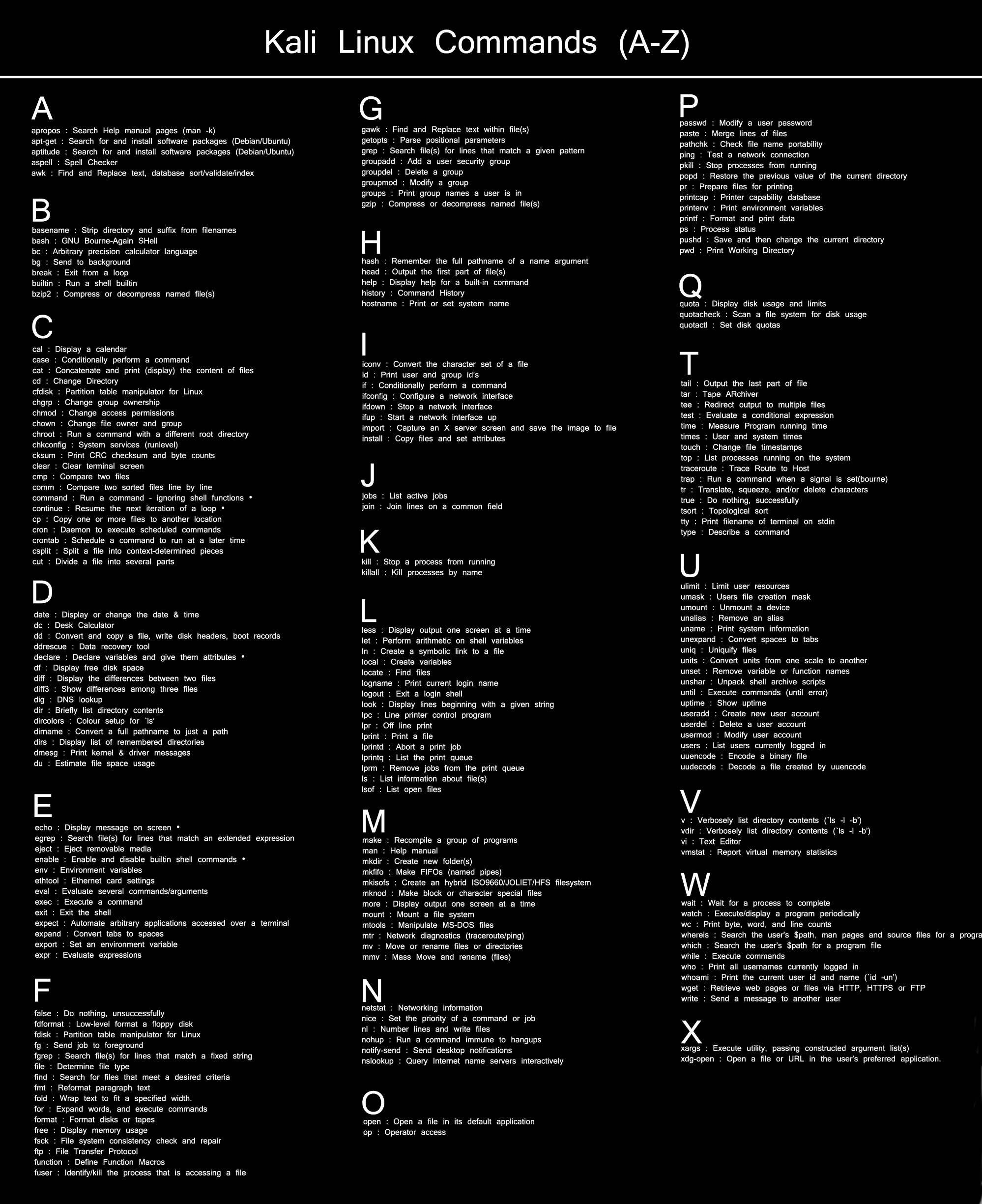

- #SAMPLE CLICLICK COMMANDS CODE#
- #SAMPLE CLICLICK COMMANDS ZIP#
Output files can be placed in any folder. Results accumulate until you execute a CLOSEOUT command. If no directory exists, the file is placed in the current project’s directory. You can locate output by using the ROUTEOUT command.
Functions and operators appear within commands and are used for common tasks (e.g., extracting a year from a date, combining two numeric values, or testing logical conditions). The Available Variables drop down allows you to select variables available in the current project. The Records Affected (* for all) field specifies which records to delete. This feature can only be applied to Epi Info 7 projects. Mark for Deletion marks the selected records as to be deleted, and permits you to undelete. Permanent Deletion causes records to be inaccessible after deletion. Unless you select RUNSILENT, a confirmation message is displayed. All records in the current selection matching the expression are set to deleted status, or if PERMANENT is specified, physically deleted. You can run the Epi Info 3.5.3 Compact Database utility to reclaim space. For DELETE * and DELETE TABLES, space will not be reclaimed. (Currently Disabled).ĭelete Records may not be used with related tables. Help opens the Help topic associated with the module being used. Clear empties the fields to re-enter information. Cancel closes the dialog box without saving or executing a command. #SAMPLE CLICLICK COMMANDS CODE#
Save Only saves the created code to the Program Editor, but does not run the code. OK accepts the current settings and data, and subsequently closes the form or window. Run Silent causes the command to run without any warning or error messages from the Program Editor. Table Name specifies the name of the table to be deleted. Database (Blank or Current) specifies the name and location of the dataset containing the table to be deleted. Data Format specifies the data source format of the file containing the table to be deleted. Code tables are deleted only if they are not referenced by any form. It is possible to read a table with a space in its name and then delete it, resulting in errors during subsequent procedures.ĭELETE TABLES will not delete and produce messages if any of the tables specified are data, grid, or program. The table must be enclosed in single quotes. To delete tables with spaces in their names, specify the file and the table even if the table is in the current project. If the table does not exist or cannot be deleted, a message is produced unless you select Run Silent.  Use the DISPLAY command to view variable information.įigure 9.8: Variable Information in Program Editor. Text values are always surrounded by double quotes and assigned to the new Zip2 variable. In this example, the FORMAT function converts the format of the values of the variable ZipCode into text format. In the =Expression field, type the syntax FORMAT(ZipCode,”00000″).
Use the DISPLAY command to view variable information.įigure 9.8: Variable Information in Program Editor. Text values are always surrounded by double quotes and assigned to the new Zip2 variable. In this example, the FORMAT function converts the format of the values of the variable ZipCode into text format. In the =Expression field, type the syntax FORMAT(ZipCode,”00000″).  From the Assign Variable drop-down list, select Zip2. In the Variable Name field, create a new variable named Zip2.
From the Assign Variable drop-down list, select Zip2. In the Variable Name field, create a new variable named Zip2.  Click Variables > Display.>–Variables currently available. From the Form section, click Surveillance. From the Classic Analysis Command Tree, use the READ command to open the Sample.PRJ project.
Click Variables > Display.>–Variables currently available. From the Form section, click Surveillance. From the Classic Analysis Command Tree, use the READ command to open the Sample.PRJ project. #SAMPLE CLICLICK COMMANDS ZIP#
To use the zip code in a map, a new zip code variable must be defined and assigned text values. In the following example, the zip code field is a number.
In the =Expression field, create the assignment syntax based on needed data. From the Assign Variable drop-down list, select the variable to have a value assigned. From the Classic Analysis Command Tree, click Variables > Assign. Variables are usually created with the DEFINE command and assigned a value. This command assigns an expression result or the field value to a variable.








 0 kommentar(er)
0 kommentar(er)
